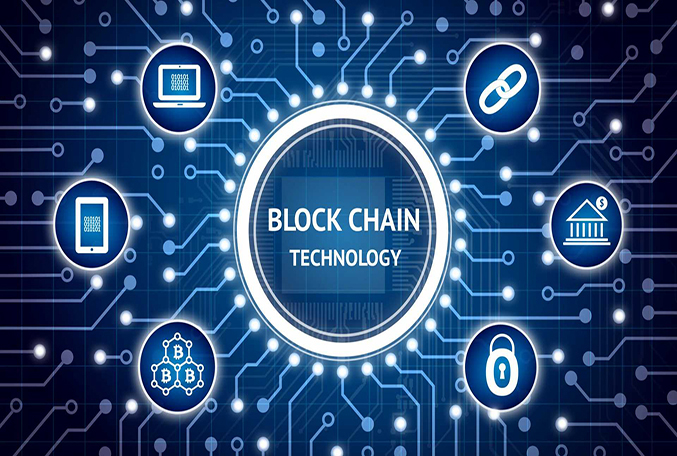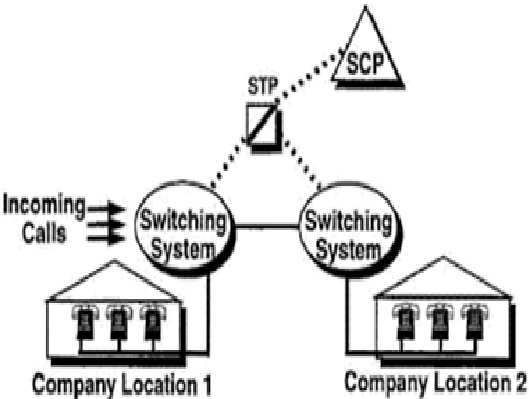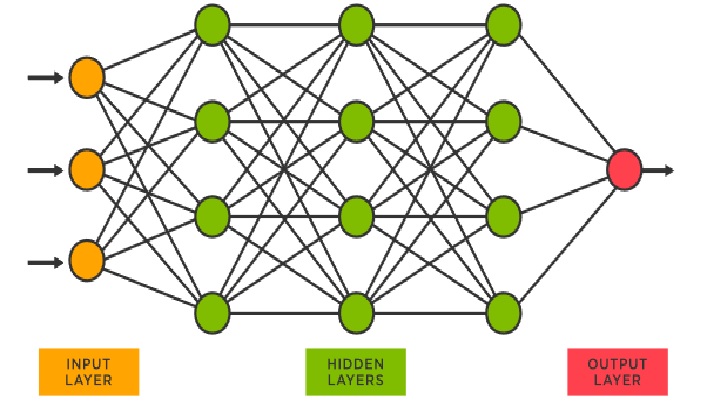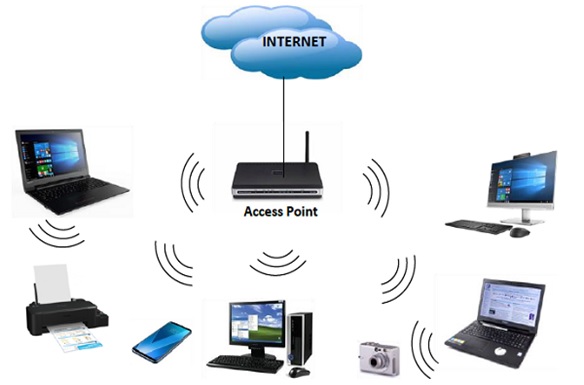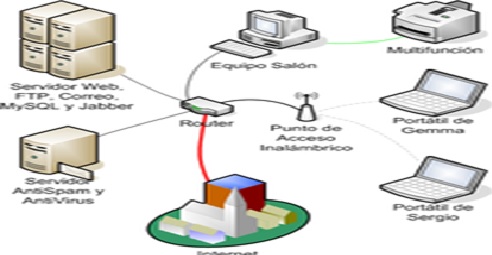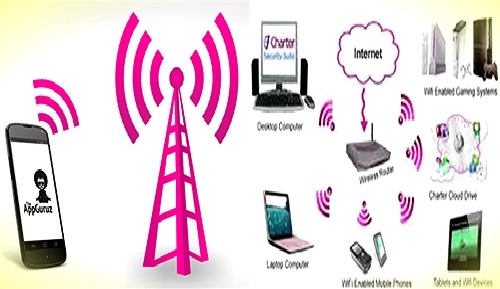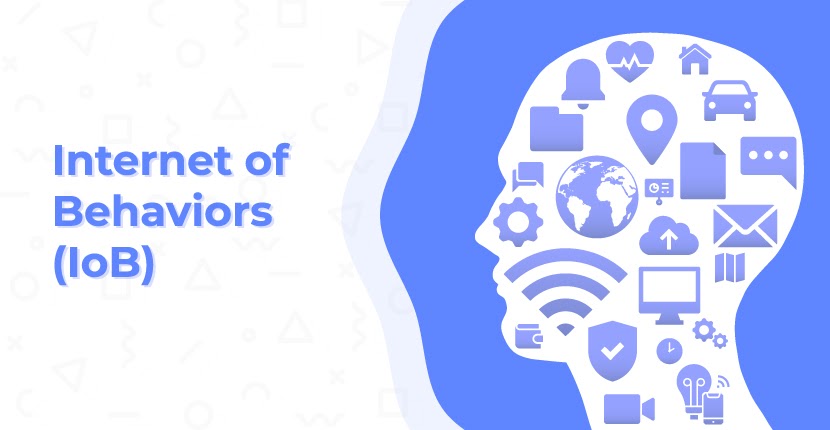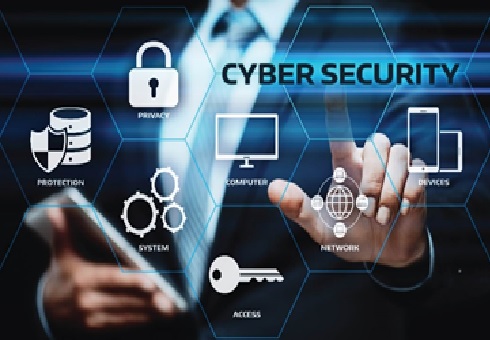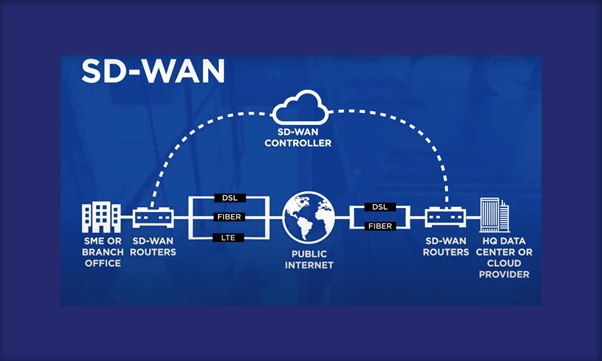Benefits of Self – Healing Network
Self healing networks sound a bit magical – technology capable of analyzing and repairing itself when problems arise. On a moment’s reflection, a bit of trepidation creeps in. Dig to the heart of it, though, and self-healing networks are like most, if not all, of the technological innovations permeating our lives these days, which is to say that they’re certainly a convenience, but not without some consequences. First, it can automatically reboot a network-powered device if that device doesn’t respond to a network ping request. Imagine a security camera goes offline, and then imagine that the network automatically reboots that camera when it pings it and doesn’t get a response. Secondly, we can also shut down a network-powered device on a schedule. Imagine a store owner wants to turn off their guest Wi-Fi at night and over weekends… the network can do that for him automatically. [1]

Figure 1. The Self-healing network
Figure 1 shows there may never be another March 2020, when much of the world virtually—but not digitally—came to a halt because of the COVID-19 pandemic. But that doesn’t mean that telecommunication providers needn’t be ready for similar, if smaller, shocks in the future.
In fact, disruptions of all kinds could become more prevalent and more problematic as the world becomes more dependent on the very digital networks powered by telcos and communication service providers, or CSPs.[2]
The Benefits of Self-Healing Networks
Organizations of all kinds can enjoy the benefits of network self-healing. Here are some of the top benefits you’ll experience by automating network remediation:
- Cost savings: Fixing repetitive, tedious IT issues eats up IT’s time, and we all know time equals money. Network self-healing can save you bigtime in total hours and overtime.
- No need to involve people: When IT doesn’t need to get involved, you can keep them focused on more important projects. Automating processes also helps avoid user error.
- Real time fixes without delay: Automation helps resolve problems in a matter of minutes, whereas it might take a human several hours to do the same thing. With network self-healing, you get maximum uptime.
- Less manual work for IT: Don’t waste your staff’s brain cells on work they can do in their sleep. Free them up to do more strategic work.
- Customer/user satisfaction: Whoever you serve—customers, clients, or just your internal users—give them the best experience possible with your services. It may not be easy to measure the satisfaction of customers, but it will help you earn trust and repeat business over time.[3]
With continued development and seamless integration of ‘self-healing’ materials into modern-day applications, it is set to open up a new era of enhanced consumer experience, infrastructure maintenance, environmental management, as well as countless unprecedented and unique applications resembling those in science fictions. To achieve these futuristic technological outcomes, one should allow much room for visualizing new opportunities/possibilities by ‘self-healing’ technologies, in order to bring about many more useful and innovative applications to benefit the society as a whole. In this regard, it is anticipated that biotechnology and AI will play increasingly prominent roles in driving further advancements and adoptions of ‘self-healing’ technologies, mainly through introducing novel/enhanced bio-features, data-driven customized healing strategies, as well as through bestowing performance or production advantages such as mechanical robustness, ease of scaling up, cost-effectiveness, enhanced biocompatibility, eco-friendliness, etc. [4]
References:
- https://restechtoday.com/self-healing-networks/
- https://www.ibm.com/blogs/industries/self-healing-networks-stable-secure-digital-5g-world/
- https://www.helpsystems.com/blog/benefits-self-healing-network
- https://meddocsonline.org/annals-of-biotechnology/the-future-of-self-Healing-technologies.html
Cite this article:
Thanusri swetha J (2021),Benefits of Self – Healing Network, AnaTechMaz, pp. 15



